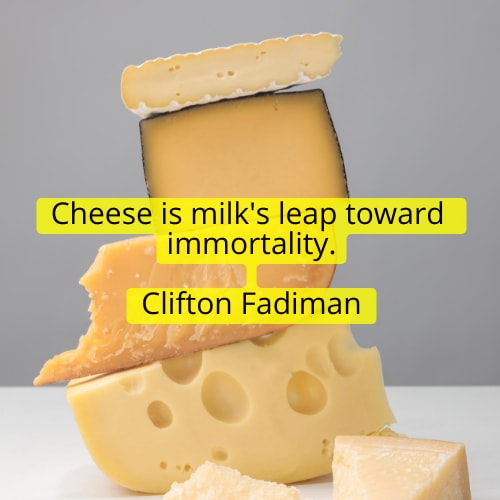How To Tell Bad Mold From Good Mold On Soft Cheeses
Before we go further, we should clarify what mold actually is. Per Healthline, molds are types of fungus that proliferate via spores, which spread throughout the environment via air, water, and insects. While it may sound disgusting, mold can be found just about everywhere in our world, especially where it’s warm and moist. This last fact is key, as Bon Appétit notes that microorganisms are less active in dry environments, explaining why mold is more prevalent in soft cheeses than hard varieties like Asiago and Parmesan. Mold spores play a vital role in developing the flavor and texture of soft cheeses by eating the proteins and sugars that are naturally present in milk, causing chemical transformations.
Cheesemakers intentionally introduce mold to their product, either internally or externally. According to The Cheese Life, the internal mold you see in blue cheese is made by piercing the cheese with stainless steel rods to force mold deep into the interior. External molds, which form the rinds of many cheeses, can be introduced in several ways. The aforementioned brie is a “bloomy rind” cheese, one of many that are made by coating the exterior with Penicillium candidum during the aging process. There are also “washed-rind” cheeses, which are typically made by rubbing a bacterial solution on the cheese but may also be made by submerging the cheese in a brine where certain microorganisms thrive. Cheesemakers carefully monitor their product to ensure the right mold grows where it should.
..


